General Information – summary
This glabrous, evergreen Tree with aromatic, peppery bark is up to 12m high and has lenticel bulges. Bark becomes rough and peppery. Simple Leaves have entire margins and lack stipules. Small bisexual Flowers have 3 sepals and 10 petals. Ten anthers extend from a staminal tube, and the single pistil has a superior ovary & ends in a truncate stigma. The roundish Fruit is a berry with shiny kidney-shaped seeds.
Description
Warburgia salutaris
Previous Names: Warburgia breyeri, Chibaca salutaris.
SA No. 488.
Common names: (Afr) Koorsboom, Peperbasboom, Peperblaarboom, Sterkbos. (Eng) Fever Tree, Pepper-bark, Pepper-bark Tree, Pepper-leaf, Pepper-root. (isiZulu) Amazwecehlabayo, Isibaha, Isibhaha. (Setswana) Molaka, Shibaha. (Tshivenda) Manakha, Mulanga.
Family Canellaceae. These plants are usually small to medium evergreen trees or shrubs with aromatic bark. The 25+ species are located in up to 6 genera. Conspicuous lenticels are present. The simple entire petiolate and pinnately veined Leaves have a peppery taste. The small regular bisexual Flowers usually have 3 coriaceous imbricate (having regularly arranged, overlapping edges, as roof tiles or fish scales) Sepals. There are 4-12 free Petals in unlike whorls. The outer whorl of petals is usually larger and thicker. The Anthers are monadelphous (having the stamens at least partly united into one group by their filaments) around the superior Ovary. At least 2-5 Stigmas are present. The Fruit is a berry (pulpy, indehiscent fruit like a grape or tomato) with a persistent calyx. The 2 to many Seeds are shiny with a fleshy, oily endosperm (the starch and oil-containing tissue of many seeds; often referred to as the albumen). Warburgia salutaris is the only indigenous species in southern Africa.
Name derivation: Warburgia: named after Dr Otto Warburg, 1859-1938. He was born in Hamburg and was a German-Jewish botanist. He was also a notable industrial agriculture expert. He was later the founder of institute of natural history in Jerusalem. salutaris in Latin means healthful – possibly referring to the use in herbal medicine. Warburgia is a genus of 4 species – confined to Africa (1 in SA).
Conservation: National Status: EN (Endangered). Assessed: 2008 (V.L. Williams, C.J. Geldenhuys, C.R. Scott-Shaw and J.E. Victor). It is endangered partly because of over exploitation for its stem and root bark for herbal medicine.
Tree
This erect glabrous (hairless) Tree is usually up to 12m high in South Africa. It is often much higher in Kenya. The young branches are smooth and brown with conspicuous, unusual yellow/orange Lenticels (usually raised corky oval or elongated area on the plant that allows the uncontrolled interchange of gases with the environment – photo 99). These lenticels help with identification. The Bark becomes rough, aromatic, peppery and pungent tasting. The inner bark is reddish.
- 384. 2015/05/19. Walter Sisulu NBG. Photo: David Becking.
- 99. 2015/05/05. Walter Sisulu NBG. Photo: David Becking.
Leaves
This is an aromatic evergreen tree. The alternately or spirally arranged (photo 428) hairless Leaves are coriaceous (leathery) and simple (have a single blade that may have incisions that are not deep enough to divide the blade into leaflets). They are up to 11 x 3cm (photo 117) and elliptic, lanceolate or oblanceolate (photo 117) and have a distinctive peppery smell when crushed. The rolled under and possibly wavy Margin is entire (with a continuous margin, not in any way indented (photo 117). The Apex and Base are narrowly tapering – the base more so. Gland dots are present and are visible as whitish dots (photo 381). The Midrib is slightly off-centre. It is visible above and protrudes, at least part way, below (photo 117). Unless viewed against a strong light (photo 381) the smaller veins are indistinct. The upper leaf surface is darker. Leaves have a short Petiole (leaf stalk) that is up to 5mm long. Stipules (basal appendages of the petiole) are absent.
- 428. 2014/02/25. Walter Sisulu NBG. Photo: David Becking.
- 117. 2014/12/02. Walter Sisulu NBG. Photo: David Becking.
- 381. 2015/05/19. Walter Sisulu NBG. Photo: David Becking.
Flowers
The small (up to 6-7mm in diameter) inconspicuous green or whitish Flowers (photo 38) are borne singly or in Cymes (broad, more or less flat-topped inflorescence with the central flower opening first), on short robust Pedicels (stalks of a single flower) in leaf axils (photo 38). In this photo, young dark lenticels are visible. Flowers are bisexual and actinomorphic (Regular, symmetrical. Flowers are vertically divisible into similar halves by more than 1 plane passing through the axis). Each flower has 3 persistent fleshy Sepals that are imbricate (having regularly arranged, overlapping edges, like roof tiles). There are 10 obovate (egg-shaped – with the narrower end at the base), gland-dotted and overlapping Petals in 2 rows of 5.
There are 10 Stamens whose Filaments are united forming a clear staminal tube (photo 838) that encloses the ovary and most of the style. Stamens are more or less the same length as the petals and are attached below the superior ovary to the Receptacle (is that expanded tip of the flower stalk from which the floral parts develop). The 10 sessile Anthers are distinctly joined at the base and not exserted (sticking out) and have fleshy apical appendages on the upper part of the tube. Anthers undergo longitudinal extrorse (outwards) dehiscence. There is a single Pistil (a unit of the Gynoecium, the female element of the flower, composed of the Ovary, Style and Stigma) with a superior one locular, elongated to oblong Ovary with 10-30 ovules. Above this is a single thick Style that is truncate (appearing as if cut off at the end – photo 38 – upper LHS). It is almost enclosed within the staminal tube and has 5 stigmatic patches around the sides. The perianth should be removed before examining the male and female parts with a hand lens. (Jan-Apr). Pollen grains are attractive under the microscope.
- 38. 2015/01/27. Walter Sisulu NBG. Photo: David Becking.
- 838. 2017/02/09. Walter Sisulu NBG. Photo: David Becking.
Fruit
The nearly spherical Fruit is a Berry, (pulpy, indehiscent fruit like a grape or tomato) which is up to 4cm wide and covered with glands. The pericarp (ripened fruit wall) of the berry is coriaceous (leathery – photo 249). The fruit is initially green (photo 239), maturing into a distinctive rough leathery purple colour with a white bloom (photo 249). It contains the reniform (kidney-shaped) Seeds. These shiny seeds have an oily, fleshy endosperm (the starch and oil-containing tissue of many seeds; often referred to as the albumen). (Oct-Jan).
- 239. 2015?09/15. Walter Sisulu NBG. Photo: David Becking.
- 2015/09/15. Walter Sisulu NBG. Photo: David Becking.
- 249. 2015/09/15. Walter Sisulu NBG. Photo: David Becking.
Distribution & Ecology
This is a tropical species and trees located in evergreen forests, dry rocky hillsides and further north in wet forests. They occur in KwaZulu-Natal e.g. in coastal forests, Limpopo e.g. along the Blouberg (blue mountains), Soutpansberg mountains, and Mpumalanga e.g. along the Drakensberg escarpment. Beyond South Africa they occur in Eswatini (Swaziland), Malawi, Zambia, Zimbabwe e.g. in the Eastern Highlands, southern Mozambique and into tropical Africa. To the north of South Africa, the remaining 3 species occur. The tree is drought resistant and has Coppice growth (In this case, when stems are cut or burned, it causes regrowth from the stump or roots. The smell and taste of the leaves makes this plant easier to identify.
Ethnobotany
The Wood may be used as timber but is not very durable and tends to split when nailed. Heartwood is initially yellow to greenish and eventually darkens on exposure to air. The wood is oily and is not resistant to insect attack. The tree also possesses aromatic Oils and the glossy green Leaves are aromatic when crushed. They have a burning taste due to the presence of chemicals produced by plants as a protection against herbivores and against infection by microorganisms. Local herbalists use the peppery Bark to treat many ailments. It has also been used against witchcraft. The inner bark is reddish and bitter. This tree is becoming rare, but steps are now being taken to save it. In order to save this tree, Sappi officially sponsored the Warburgia project. This involves growing of many trees in the Kruger National Park and passing some on to local communities – including Eswatini. Sappi has also provided funding for uniforms and bicycles to assist the rangers who safeguard the trees in the Kruger National Park. Trained dogs can help in the location of these plants. Fortunately, the tree is a fast grower. The intent is to persuade healers to use the leaves rather than bark. The plant can be Grown from seeds but does best from spring cuttings. Seeds can be stored for a short time at 3 degrees Celsius (Centigrade). This plant makes a good shade tree and grows best in frost-free areas. Young plants need to be protected from frost.
References
Coates Palgrave, M. 2002. Keith Coates Palgrave Trees of Southern Africa, edn 3. Struik, Cape Town.
Burrows, J.E., Burrows, S.M., Lotter, M.C. & Schmidt, E. 2018. Trees and Shrubs Mozambique. Publishing Print Matters (Pty) Ltd. Noordhoek, Cape Town.
Harvey-Brown, Y., Mhlongo, N.N., Raimondo, D., Williams, V.L., Botha, J., Hofmeyr, M. & Swemmer, L. 2022. Warburgia salutaris (G.Bertol.) Chiov. National Assessment: Red List of South African Plants version . Accessed on 2024/04/04.
Lawrence, G. H. M, 1951. Taxonomy of Vascular Plants. The Macmillan Company, New York. Tenth Printing 1965.
Palmer, E. & Pitman, N. 1972. Trees of southern Africa. Balkema, Amsterdam, Cape Town.
Schmidt, S. Lotter, M. & McCleland, W. 2002. Trees and Shrubs of Mpumalanga and the Kruger National Park. Jacana, Johannesburg.
Article by Petro Kotze in SANParks Times September 2015.
https://en.wikipedia.org/wiki/Warburgia_salutaris
http://www.farmersweekly.co.za/article.aspx?id=62795&h=How-humus-can-save-the-world
http://www.plantzafrica.com/plantwxyz/warburg.htm
http://www.zimbabweflora.co.zw/speciesdata/species.php?species_id=140560
http://www.iucnredlist.org/details/30364/0
http://www.worldagroforestry.org/treedb2/speciesprofile.php?Spid=1731
http://posa.sanbi.org/flora/browse.php?src=SP
https://en.wikipedia.org/wiki/Canellaceae
https://en.wikipedia.org/wiki/Otto_Warburg_(botanist)

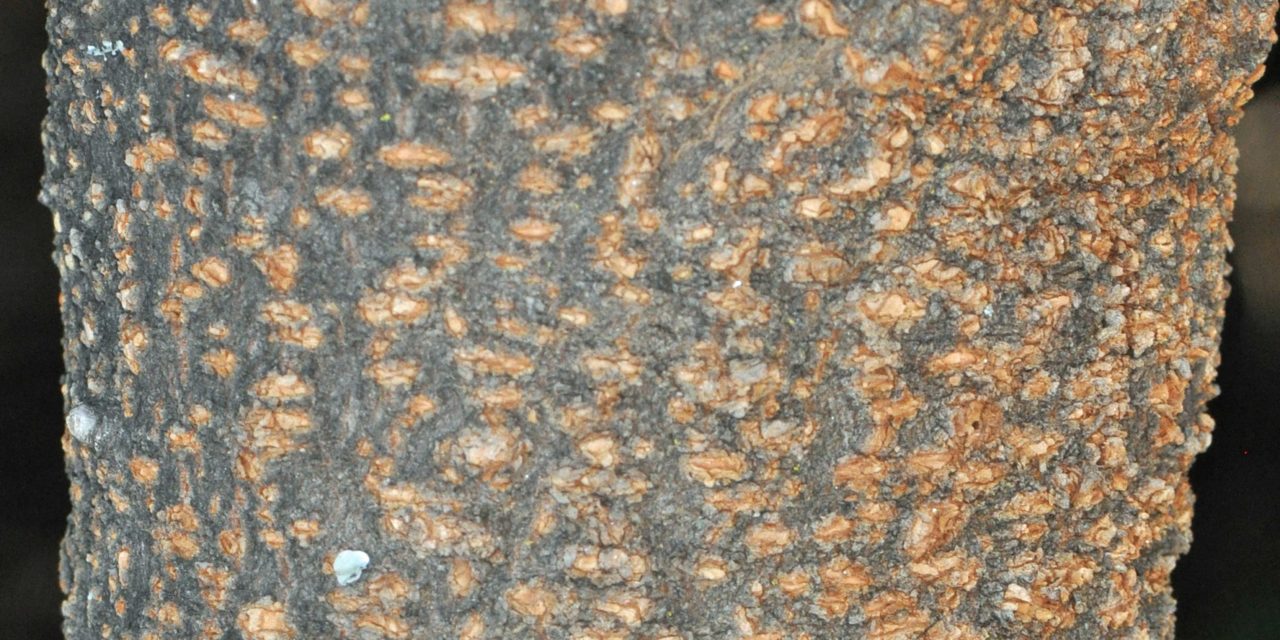
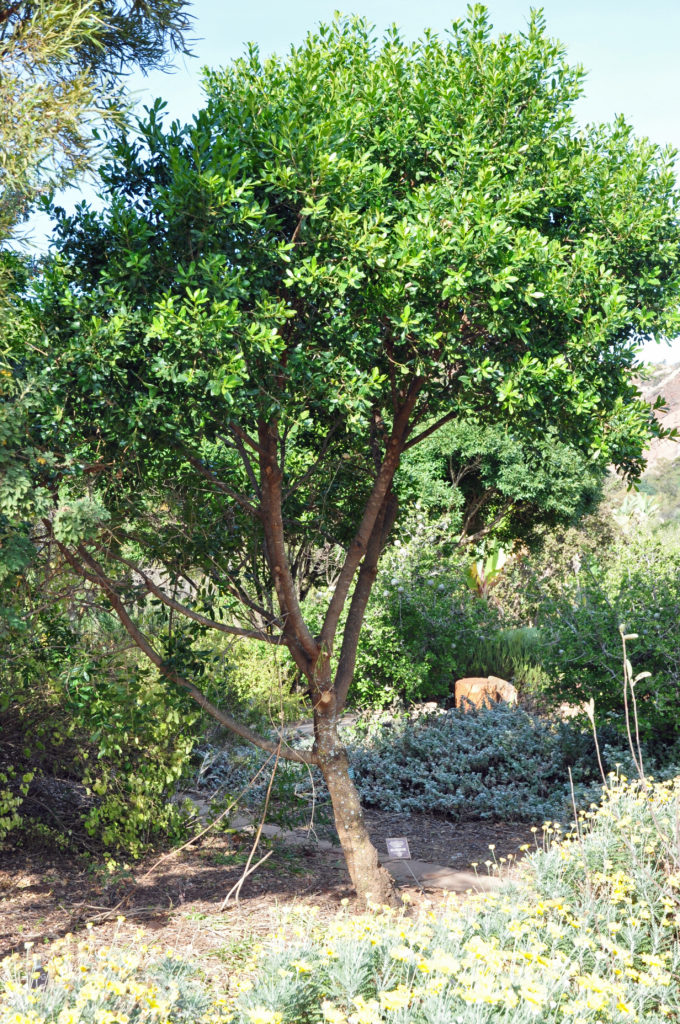
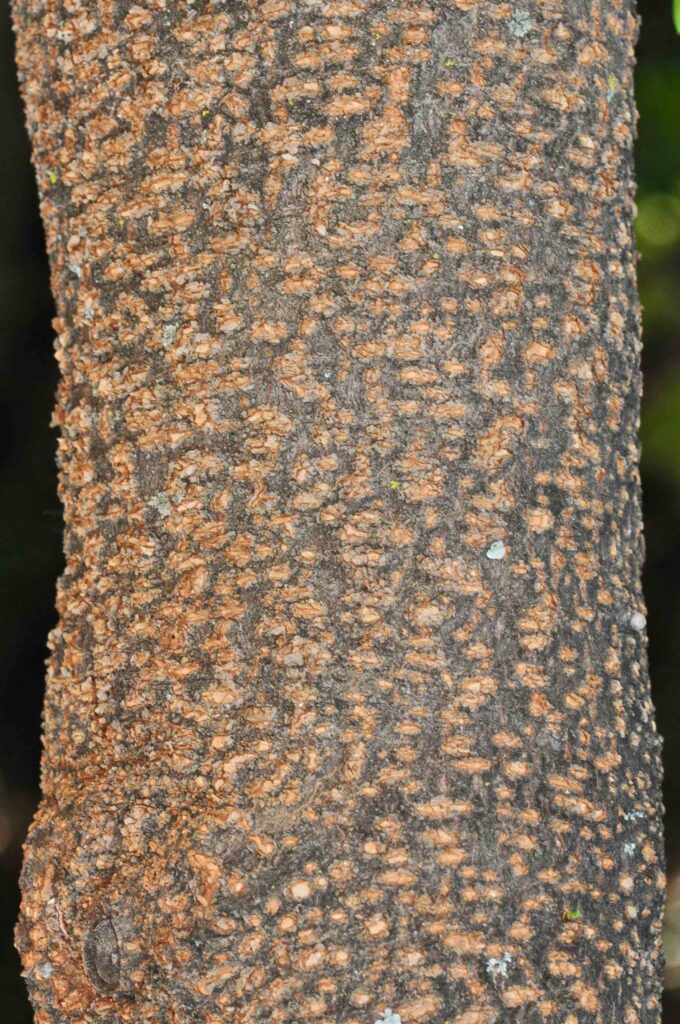
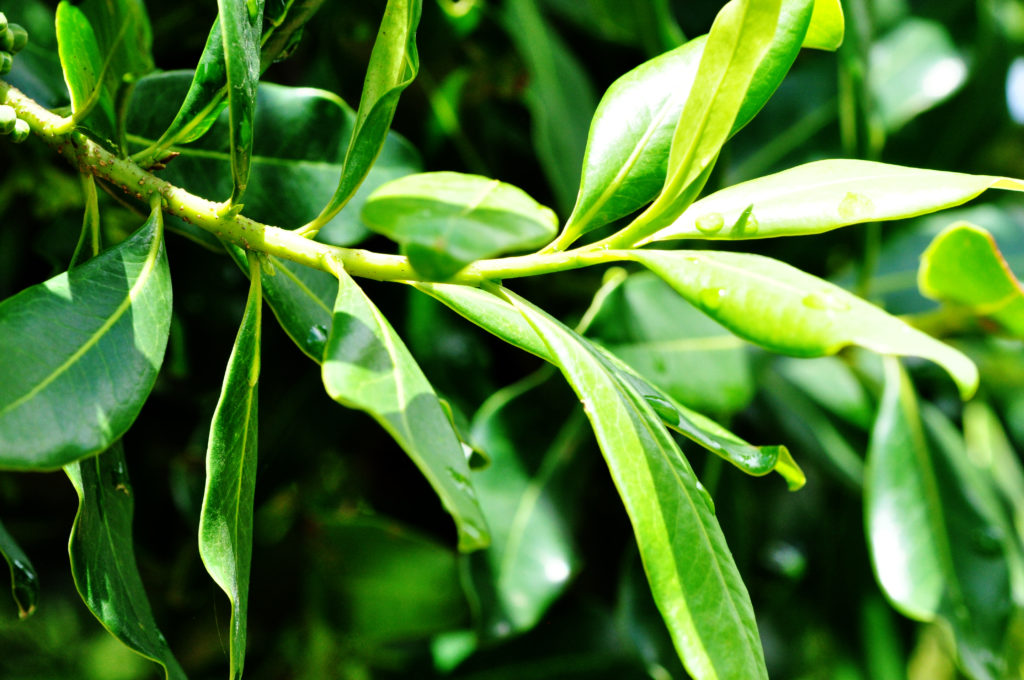
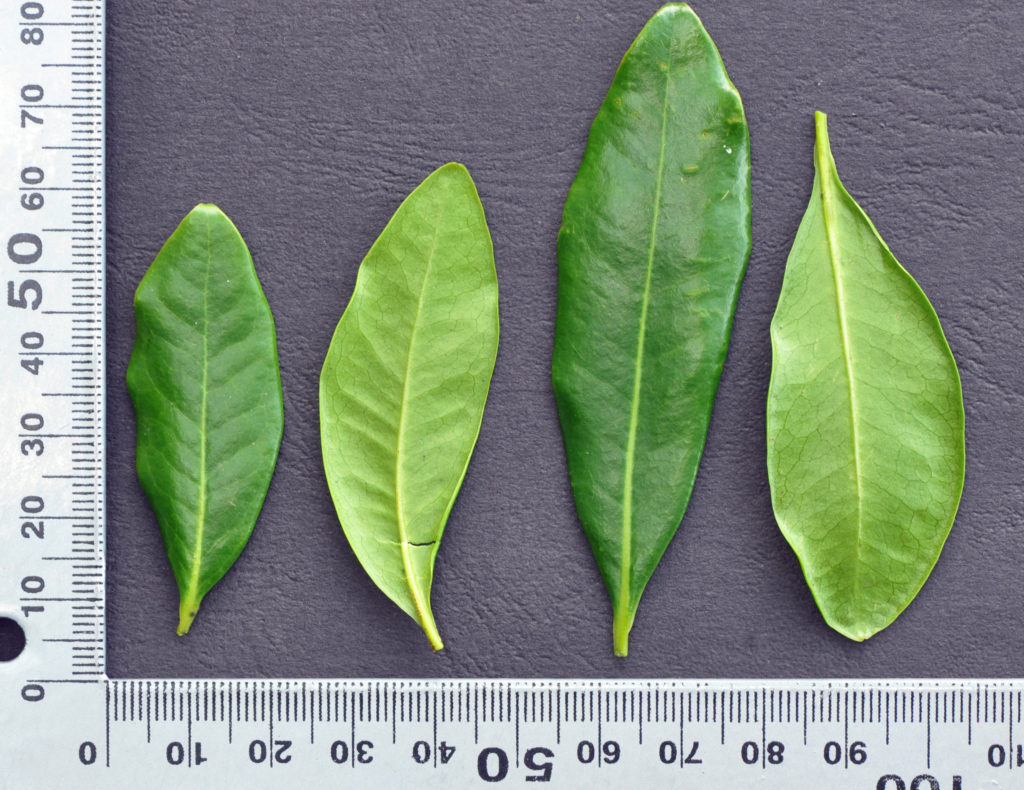
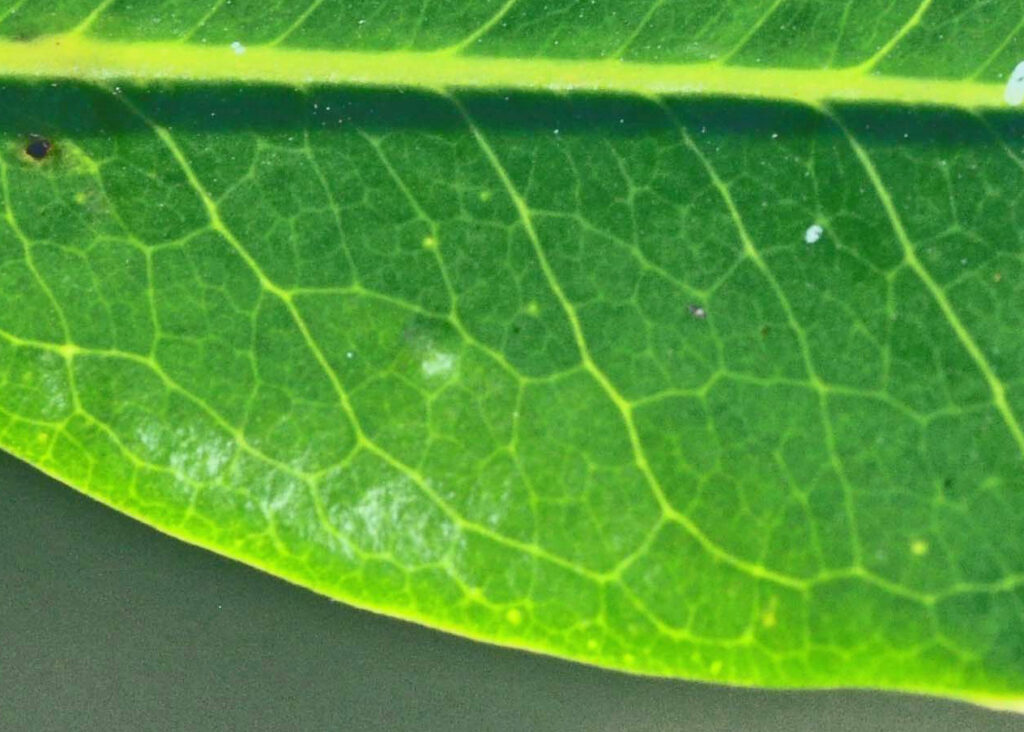
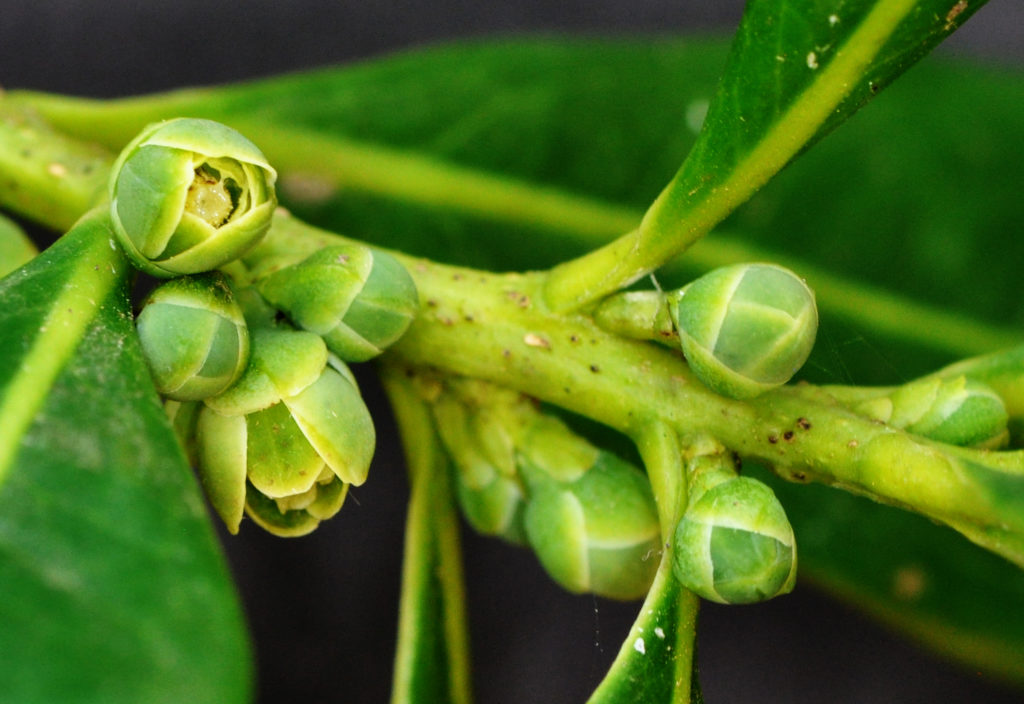
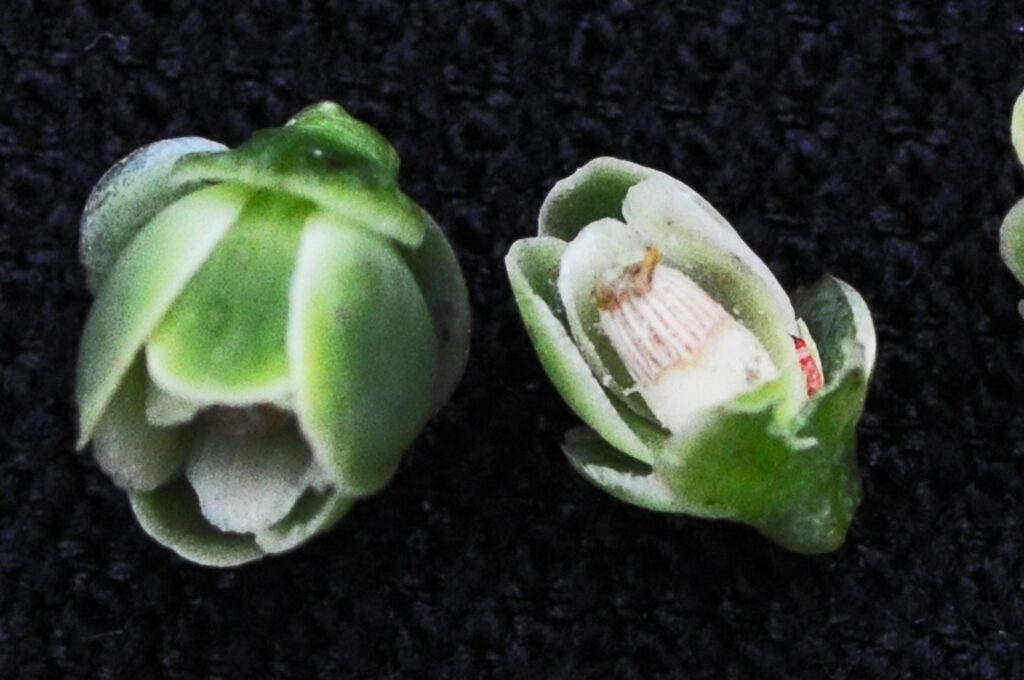
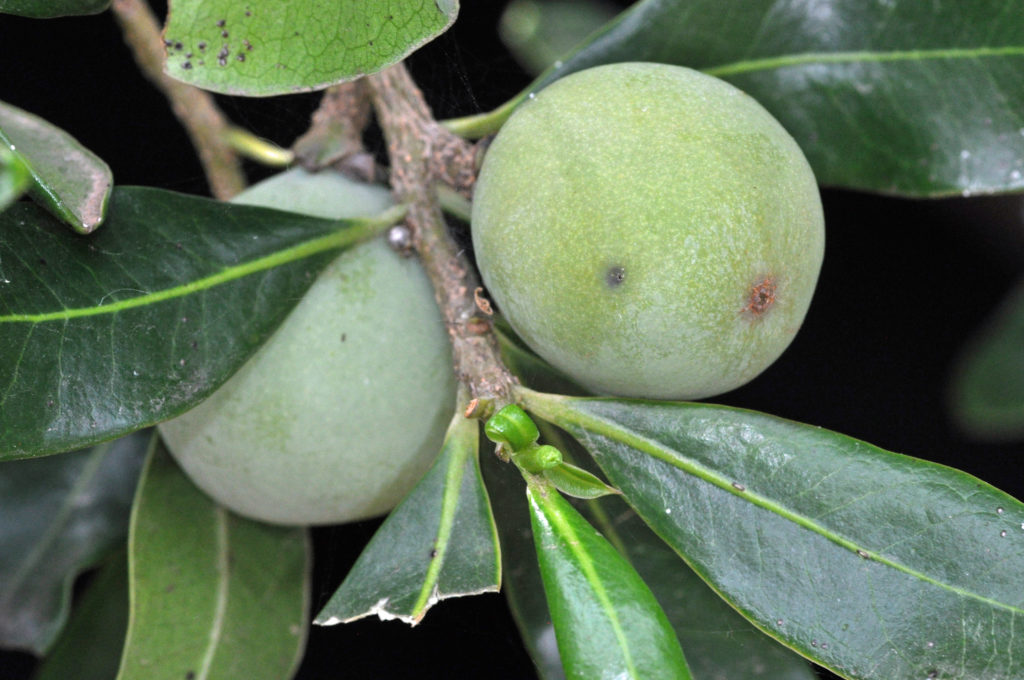
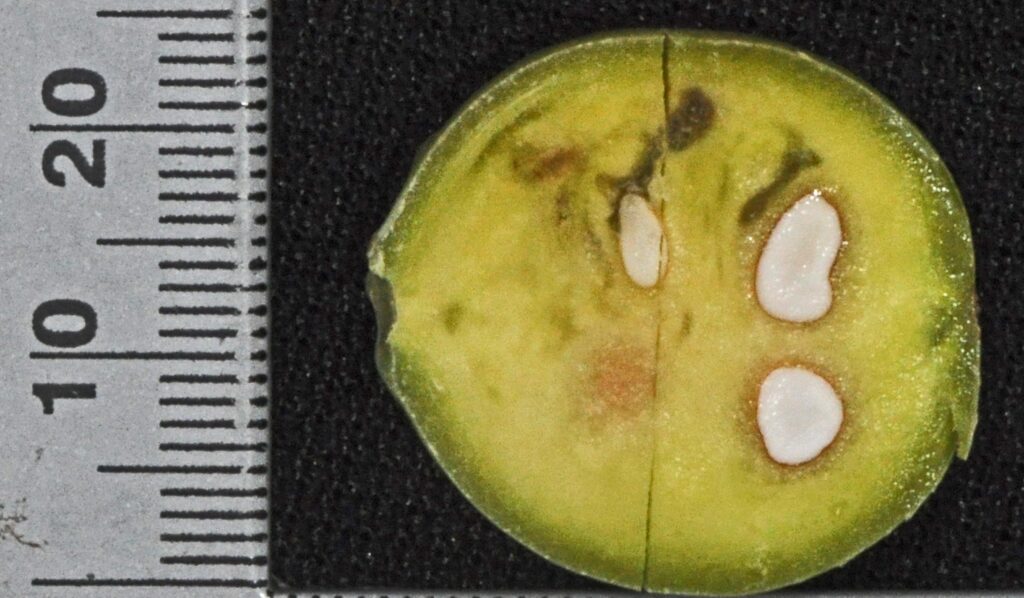
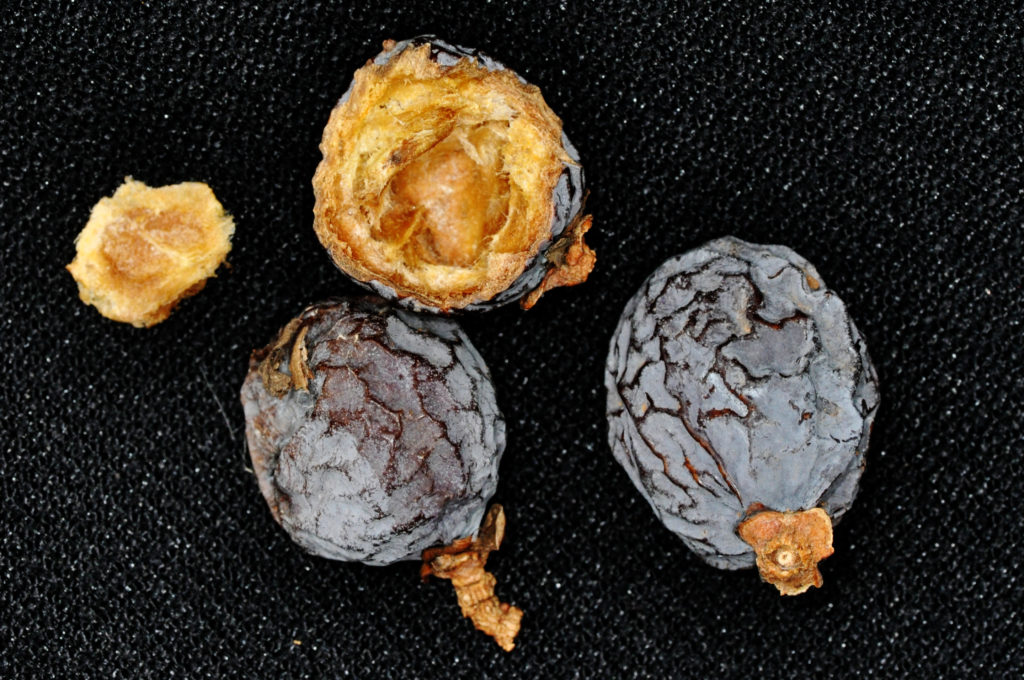
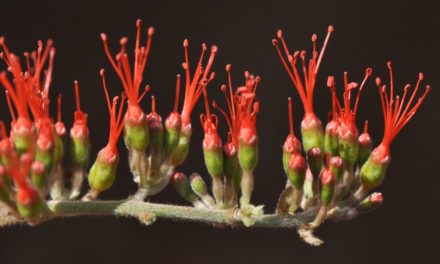
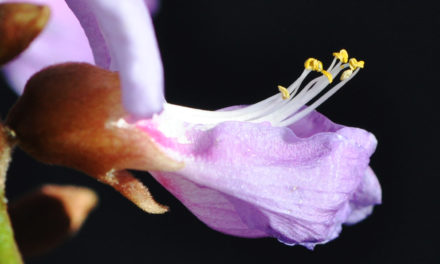
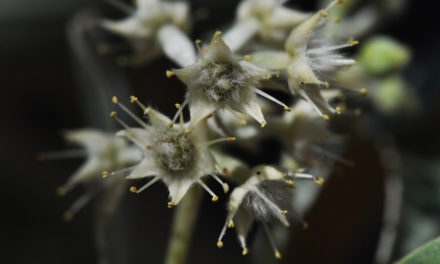
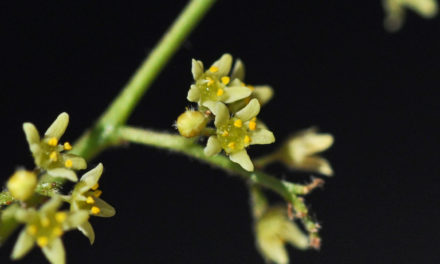
These very thorough descriptions, with explanations of certain terms, are a welcome and useful resource. Thank you
Greetings Gail
Thank you for your comments. I still have a long way to go.
David Becking